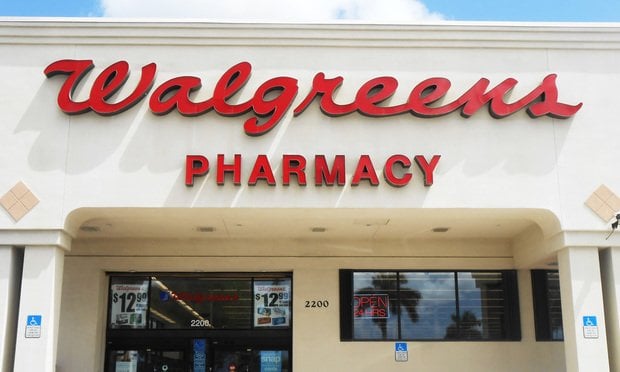U.S. workers are comparison shopping for health care — but there’s a hitch: They don’t really understand how insurance works.
Related: Creating a health-care shopping culture
So says the UnitedHealthcare “Consumer Sentiment Survey,” which asked about Americans’ opinions, attitudes and knowledge about various health care topics, including comparison shopping, wellness, health literacy, and customer service.
While the survey found that 32 percent of respondents are using websites and mobile apps to comparison shop for health care, up from 14 percent in 2012, that doesn’t mean they really understand what they’re looking at. In fact, just 7 percent have a full understanding of all four basic insurance concepts: plan premium, deductible, coinsurance, and out-of-pocket maximum.
More than 60 percent of respondents were able to successfully define plan premium and deductible; however, respondents had a tougher time defining out-of-pocket maximum (36 percent) and coinsurance (32 percent). And that could cost them big time.
Related: Mobilizing the health care consumer army
In addition, they look upon the activity with — well, one might say with loathing, since 25 percent of respondents say they would rather file their annual income taxes than select a health plan. Now that’s popularity.
But when it comes to customer service, they’re definitely not into anything but live support; 78 percent of respondents say they’d rather actually talk with a customer service representative, with e-mail or online chat the next most popular options at 7 percent each.
Asked what is most important in live customer service, respondents put the rep’s knowledge first, at 30 percent. That is followed by how quickly the call is answered (27 percent) and feeling the representative has all the necessary information on hand (22 percent).
Related: The next frontier in price transparency: Better tools
Probably unsurprisingly, people have no real idea what medical services cost. While the average nationwide cost for a knee replacement is $35,000, according to the health care price transparency website www.guroo.com, only 11 percent of respondents correctly chose $35,000 as the average cost for this procedure. A majority of respondents (63 percent) estimated the cost of knee replacement to be much lower, with popular answers being $5,000 (14 percent), $15,000 (28 percent) and $25,000 (21 percent).
Respondents are open to technology in health care, though; 56 percent who are employed full time said they’d be interested in using a wearable fitness tracker as part of a workplace wellness program. And 37 percent of respondents would consider telemedicine; they say they are “very likely” or “somewhat likely” to use a smartphone, tablet or computer to access health care services.
© 2025 ALM Global, LLC, All Rights Reserved. Request academic re-use from www.copyright.com. All other uses, submit a request to [email protected]. For more information visit Asset & Logo Licensing.







